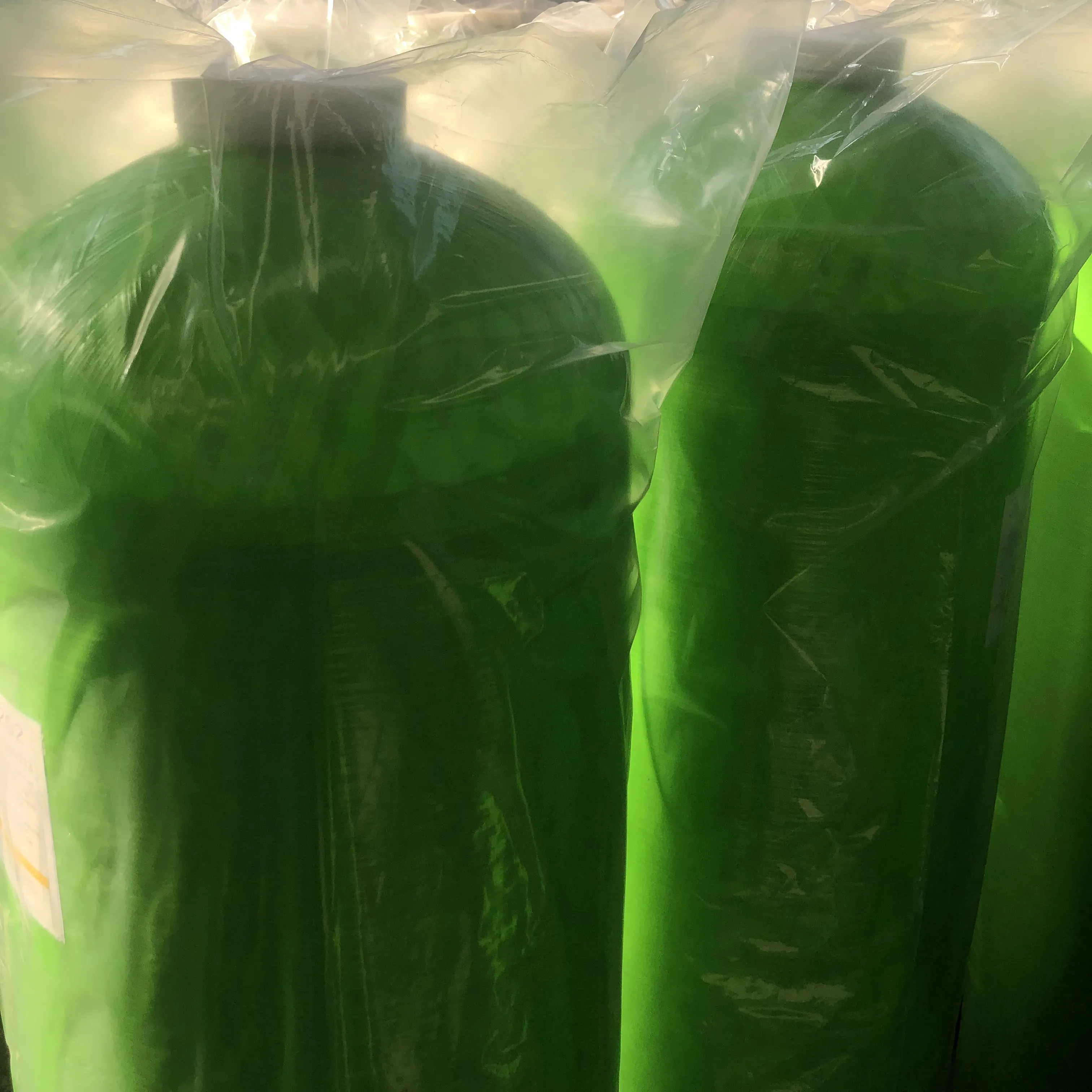loading...
- No. 9, Xingyuan South Street, Dongwaihuan Road, Zaoqiang County, Hengshui, Hebei, China
- admin@zjcomposites.com
- +86 15097380338
- Welcome to visit our website!
Innovative Applications of FRP Pultruded Sections in Modern Construction and Design
Understanding FRP Pultruded Sections Properties, Applications, and Benefits
Fiber Reinforced Polymer (FRP) pultruded sections represent a breakthrough in materials science, paving the way for innovation in construction, manufacturing, and numerous other sectors. These advanced composite materials are made through a specialized process known as pultrusion, which combines fibers (such as glass, carbon, or aramid) with a polymer matrix, resulting in lightweight yet exceptionally strong structural components.
The Pultrusion Process
Pultrusion is a continuous manufacturing process that involves pulling fiber reinforcements through a resin bath and then through a heated die to form a desired cross-sectional shape. As the material moves through the die, it cures, hardening to produce a solid, rigid product. This process is highly efficient, allowing for the production of complex shapes and sizes with consistent quality over long lengths.
The most common fibers used in FRP pultrusion are glass fibers, which offer excellent tensile strength, corrosion resistance, and durability. Carbon fibers, while more expensive, provide superior strength-to-weight ratios and are used in applications where enhanced performance is critical. Aramid fibers, known for their toughness and impact resistance, also find usage in specific applications.
Properties of FRP Pultruded Sections
FRP pultruded sections boast several noteworthy properties, making them ideal for various applications. Some key characteristics include
1. Lightweight FRP materials are significantly lighter than traditional steel or aluminum, reducing transportation costs and making them easier to handle and install.
2. Corrosion Resistance Unlike metals, FRP does not rust or corrode. This property is particularly valuable in environments where exposure to chemicals, salts, or moisture is prevalent, such as in marine, wastewater, or chemical processing applications.
3. High Strength-to-Weight Ratio The strength of FRP pultruded sections allows for thinner profiles and less material usage without compromising structural integrity.
4. Electrical Insulation FRP is a non-conductive material, making it suitable for applications in electrical environments where grounding issues are a concern.
5. Low Thermal Conductivity This property is beneficial in situations where temperature variation needs to be controlled.
frp pultruded sections

Applications of FRP Pultruded Sections
Due to their advantageous properties, FRP pultruded sections are employed across various sectors
1. Construction FRP materials are increasingly used for structural components in buildings, bridges, and parking structures, particularly in environments susceptible to corrosion.
2. Transportation In the automotive and aerospace industries, FRP is used for structural components and panels, reducing weight and enhancing fuel efficiency.
3. Electrical and Telecommunications FRP poles and towers are utilized for telecommunications and electrical transmission lines due to their insulating properties.
4. Marine Applications Boats and docking systems benefit from the corrosion resistance of FRP, ensuring longevity in harsh marine environments.
5. Infrastructure FRP is used in constructing walkways, grates, and bridge decks, providing durable solutions for public infrastructure.
Benefits of Using FRP Pultruded Sections
The adoption of FRP pultruded sections translates to numerous benefits for industries. Key advantages include
- Cost-Effectiveness While the initial cost of FRP materials may be higher than traditional materials, the long-term savings associated with reduced maintenance and increased lifespan can offset these costs significantly.
- Sustainability FRP can be manufactured using recycled materials and is itself recyclable, contributing to sustainable building practices.
- Safety The non-slip surfaces and inherent fire resistance of certain FRP products enhance safety in various applications.
In conclusion, FRP pultruded sections represent a vital innovation in material science, offering a range of properties that cater to the demands of modern industry. Their lightweight, corrosion-resistant nature, coupled with design versatility and durability, positions them as an essential resource in construction, transportation, and beyond. As industries increasingly seek sustainable and efficient solutions, the role of FRP materials is poised to grow significantly, paving the way for a more resilient future.
-
The Rise of FRP Profiles: Strong, Lightweight, and Built to LastNewsJul.14,2025
-
SMC Panel Tanks: A Modern Water Storage Solution for All EnvironmentsNewsJul.14,2025
-
GRP Grating: A Modern Solution for Safe and Durable Access SystemsNewsJul.14,2025
-
Galvanized Steel Water Tanks: Durable, Reliable, and Ready for UseNewsJul.14,2025
-
FRP Mini Mesh Grating: The Safer, Smarter Flooring SolutionNewsJul.14,2025
-
Exploring FRP Vessels: Durable Solutions for Modern Fluid HandlingNewsJul.14,2025
-
GRP Structures: The Future of Lightweight, High-Performance EngineeringNewsJun.20,2025
